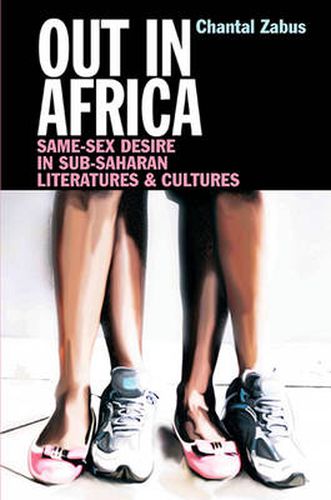Readings Newsletter
Become a Readings Member to make your shopping experience even easier.
Sign in or sign up for free!
You’re not far away from qualifying for FREE standard shipping within Australia
You’ve qualified for FREE standard shipping within Australia
The cart is loading…






Homosexuality was and still is thought to be quintessentially ‘un-African’. Yet in this book Chantal Zabus examines the anthropological, cultural and literary representations of male and female same-sex desire in a pan-African context from the nineteenth century to the present. Reaching back to early colonial contacts between Europe and Africa, and covering a broad geographical spectrum, along a north-south axis from Mali to South Africa and an east-west axis from Senegal to Kenya, here is a comparative approach encompassing two colonial languages (English and French) and some African languages.
Out in Africa charts developments in Sub-Saharan African texts and contextsthrough the work of 7 colonial writers and some 25 postcolonial writers. These texts grow in complexity from roughly the 1860s, through the 1990s with the advent of queer theory, up to 2010. The author identifies those texts thatpresent, in a subterraneous way at first and then with increased confidence, homosexuality-as-an-identity rather than an occasional or ritualized practice, as was the case in the early ethnographic imagination. The work sketchesout an evolutionary pattern in representing male and female same-sex desire in the novel and other texts, as well as in the cultural and political contexts that oppose such desires.
$9.00 standard shipping within Australia
FREE standard shipping within Australia for orders over $100.00
Express & International shipping calculated at checkout
Homosexuality was and still is thought to be quintessentially ‘un-African’. Yet in this book Chantal Zabus examines the anthropological, cultural and literary representations of male and female same-sex desire in a pan-African context from the nineteenth century to the present. Reaching back to early colonial contacts between Europe and Africa, and covering a broad geographical spectrum, along a north-south axis from Mali to South Africa and an east-west axis from Senegal to Kenya, here is a comparative approach encompassing two colonial languages (English and French) and some African languages.
Out in Africa charts developments in Sub-Saharan African texts and contextsthrough the work of 7 colonial writers and some 25 postcolonial writers. These texts grow in complexity from roughly the 1860s, through the 1990s with the advent of queer theory, up to 2010. The author identifies those texts thatpresent, in a subterraneous way at first and then with increased confidence, homosexuality-as-an-identity rather than an occasional or ritualized practice, as was the case in the early ethnographic imagination. The work sketchesout an evolutionary pattern in representing male and female same-sex desire in the novel and other texts, as well as in the cultural and political contexts that oppose such desires.